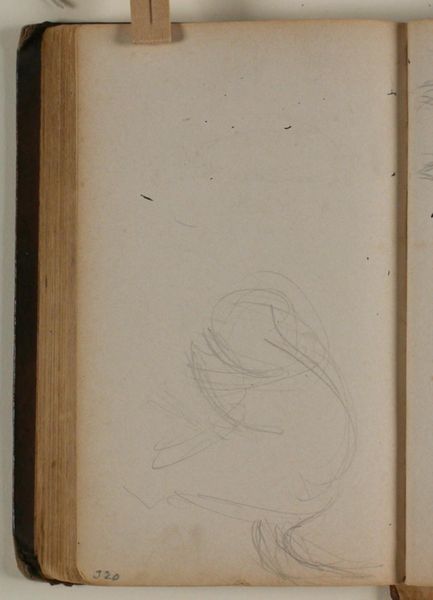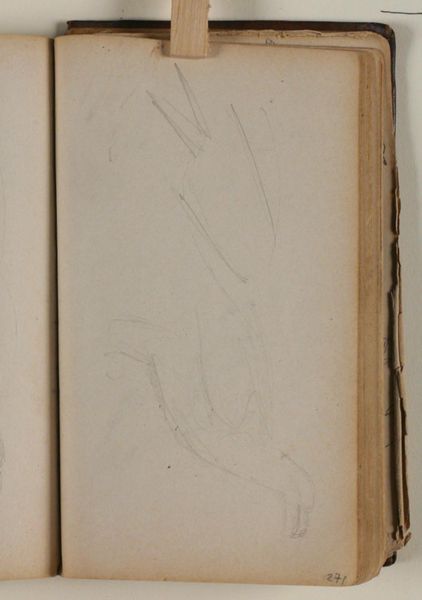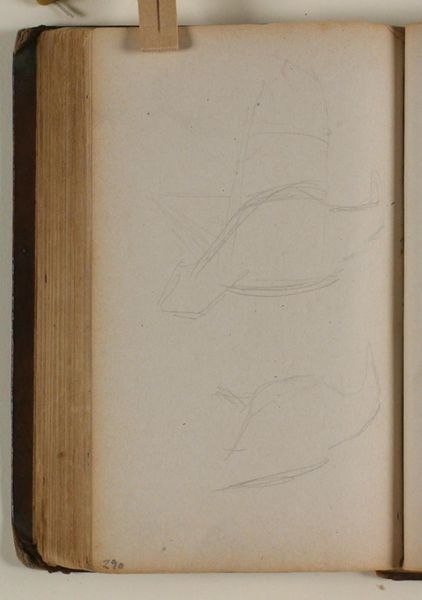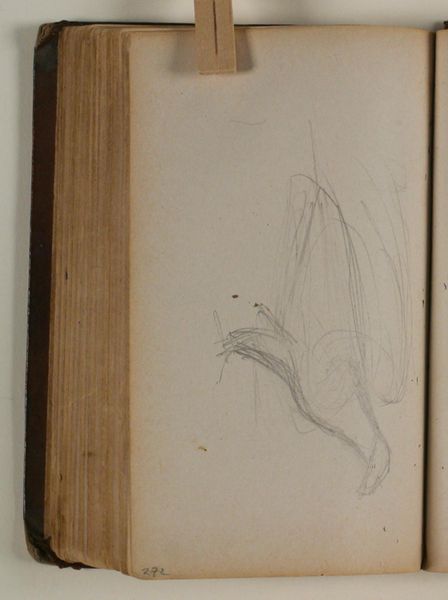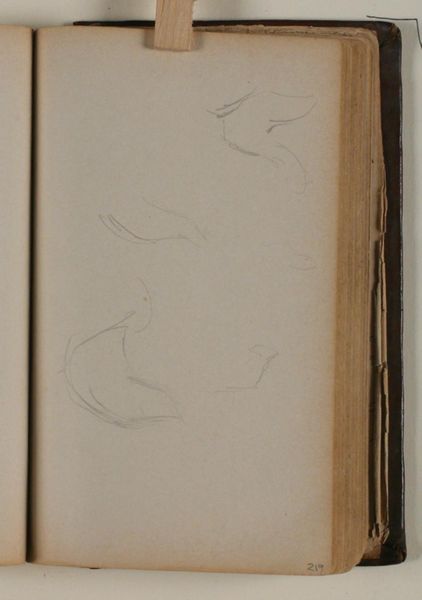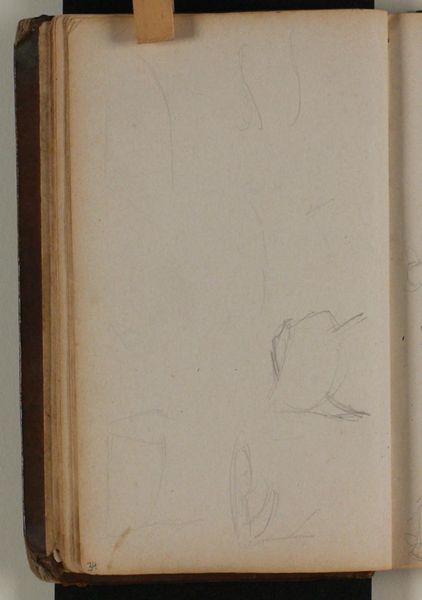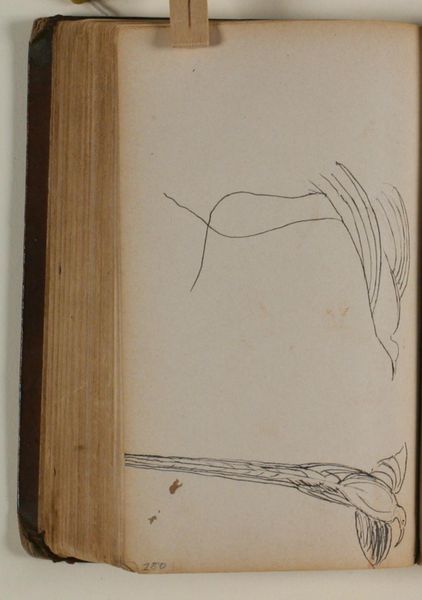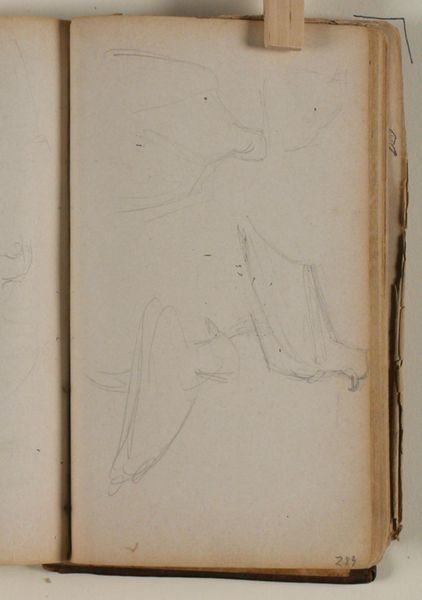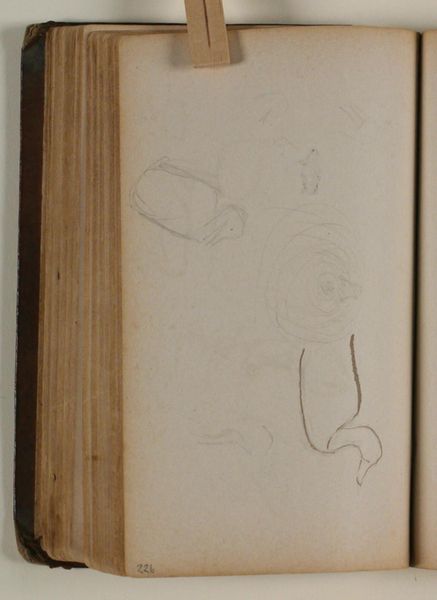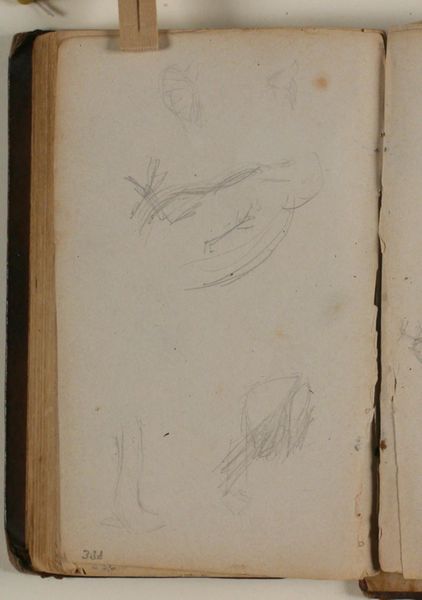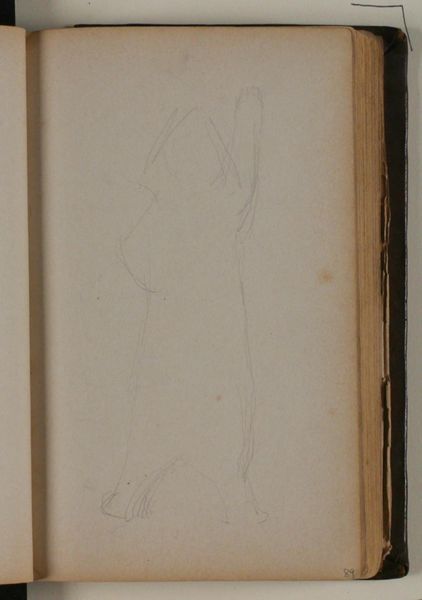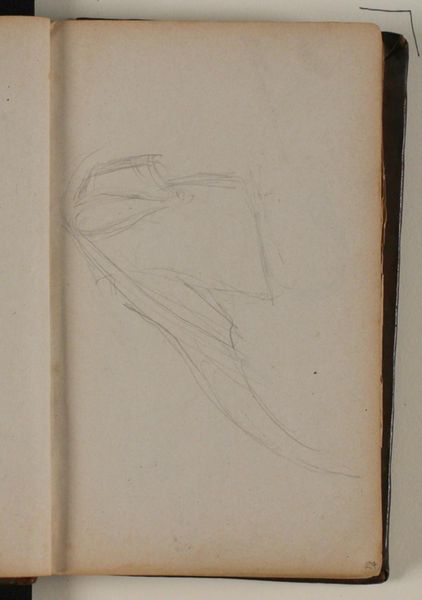
drawing, paper, pencil
#
drawing
#
landscape
#
figuration
#
paper
#
pencil
Editor: Here we have "Studier af vildsvin" by Niels Larsen Stevns, made sometime between 1864 and 1941. It's a pencil drawing on paper. The quick strokes feel very alive, capturing the energy of wild boars. What stands out to you in this piece? Curator: This drawing provides an intimate glimpse into Stevns' artistic process, inviting us to consider the intersections of naturalism and social context in 19th- and early 20th-century Danish art. How might these wild boars symbolize the tension between untamed nature and the encroaching forces of urbanization and industrialization? Editor: That's a really interesting take! I hadn’t considered that. I was just looking at them as animals, sketched on paper. Curator: Consider also the implications of *studying* these animals. It implies observation, categorization, potentially even control. How does the act of artistic representation intersect with broader societal efforts to understand and manage the natural world? What does that imply about the artist's perspective? Editor: I guess it puts the artist in a position of power, right? Observing and recording, almost like claiming ownership in a way. It makes me wonder if Stevns intended any commentary on humanity's relationship with nature. Curator: Precisely. This also opens a dialogue about how rural landscapes became symbols of national identity in this era, often romanticized and juxtaposed against urban anxieties. How did the depiction of animals, like these boars, contribute to those constructions of national identity? Editor: That's given me a whole new perspective. I was just appreciating the simple lines, but now I see so many more layers. Thanks! Curator: Indeed. By viewing art through this lens, we actively unpack cultural assumptions and societal power structures encoded within seemingly straightforward depictions of nature.
Comments
No comments
Be the first to comment and join the conversation on the ultimate creative platform.
